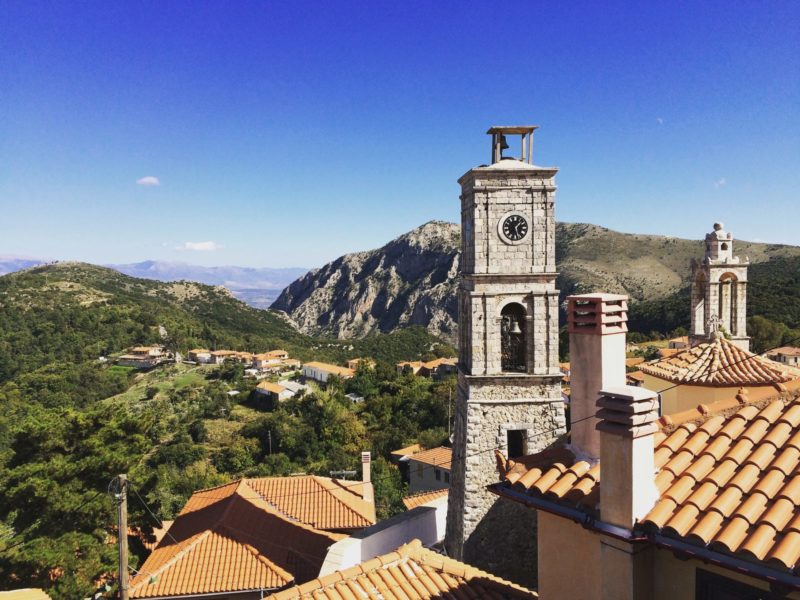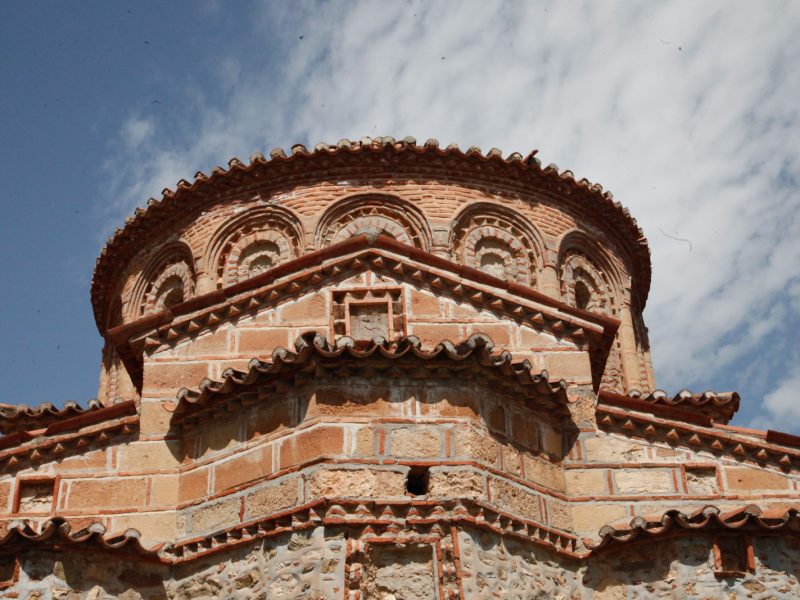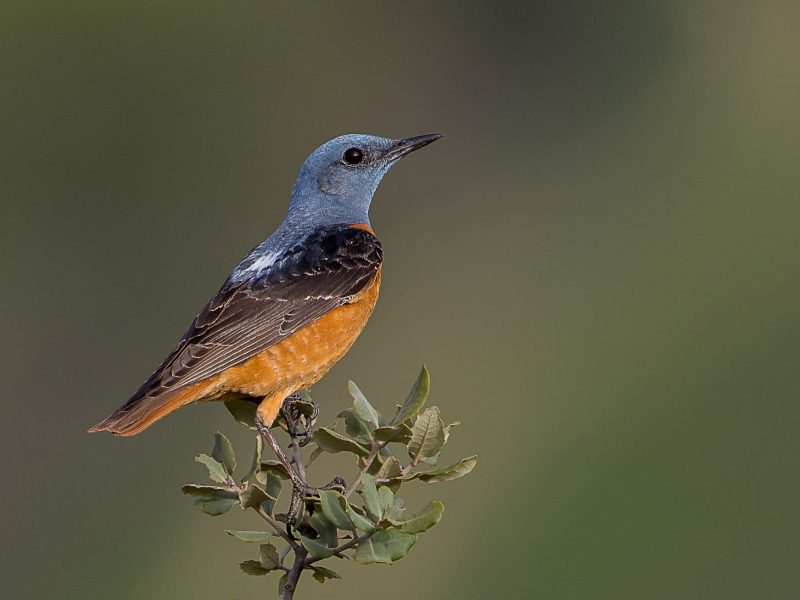


Flora
The wider area of Taygetos is characterized by a multitude of different habitats, which are particularly important ecosystems and support a rich biodiversity, both in terms of flora and fauna. The vegetation is characterized by great heterogeneity and a significant degree of naturalness. However, and despite the fact that compared to other mountain masses in Greece, the anthropogenic pressures that the area receives are relatively limited and located mainly at low altitudes, there is a tendency of its degradation which is due to a number of factors. There are 24 natural types of habitats in the area, of which 15 (71.4%) are included in Annex I of Directive 92/43/ΕΟΚ. In fact, three of them (13%) are priority ecotypes. Particularly important is the presence of 4 types, which should be targets for conservation and further research.
Four vegetation zones can be distinguished in Taygetos, which are related to the altitude. In the lower areas, up to 700-800 m., the Mediterranean shrubs (Mediterranean macchia) dominate, with a wide variety of shrubs and ferns. Dominant species are the hollies, the humarias, the shinas, the maples, the gorcias, etc. From 700-800 m to 1,700-1,800 m is the zone of mountain conifers, with dominant species being the black pine (pinus nigra), the fir and the cedar. Higher up, up to 2,000 m, stretches the so-called subalpine zone, where only a few firs and black pines grow and the ground is covered by perennial, dwarf plants and small shrubs. Above 2,000 m is now the alpine zone, where there are no trees at all and only dwarf, perennial plants grow between the rocks.
The so-called azonic vegetation of the ravines is also observed in Taygetos. The dominant species of this type of vegetation is the sycamore (platanus orientalis), which grows on the banks of streams and in ravines, regardless of altitude. The flora of Taygetus is extremely rich and includes more than 1,000 species of plants. Of these, 33 are endemic to the region and 100 are endemic to Greece. But there are also species that, without being endemic, are very rare for Greece and Europe and have an Asian origin. The aquilegia of Taygeta (aquilegia ottonis ssp. taygeta), the astragalus of Taygetus (astralagus taygeteus), the jurinea of Taygeta (jurinea taygetea), the campanula (campanula topoliana ssp. tordifolia) and the St. John’s wort (hypericum taygeteum) stand out. There are also many orchids, crocuses and bellflowers.



Fauna
The Taygetus ecosystem hosts a rich fauna and is a habitat for mammals, birds, reptiles, amphibians and invertebrates. In earlier times there were many more species of mammals in the Taygetos. It is historically confirmed that bears, wolves, lynxes, deer, deer and wild boar lived in its forests. Today the mountain is home to 19 species of mammals, including the fox, hare, hedgehog, marten, weasel and badger, and perhaps the jackal.
The avifauna of the mountain is still rich, while it also includes several rare species. Of the 87 species of birds that have been recorded, large predators of the avian fauna stand out, such as the buzzard, the hawk, the golden eagle, the bald eagle, as well as a number of ostriches and other smaller birds, such as magpies, thrushes, crows, partridges, buzzards, blackbirds , woodpeckers, phases etc.
The Taygetus reptile fauna is also important, which, among other things, includes two rare lizards: podarcis peloponnesiaca and lacerta graeca, as well as the loggerhead turtle. Large populations of rare insects, rodents, chiroptera and insectivores complete the animal world of the mountain. Finally, 100 butterfly species have been recorded in Taygetos with one endemic (polyommatus menelaos).
Taygetus, like most mountains in Greece, faces ecological problems, such as reckless logging, fires, clearing and overgrazing that have prevented the natural regeneration of its forests, but also quarrying activities, road construction projects and arbitrary construction that are irreparably changing the his environment.

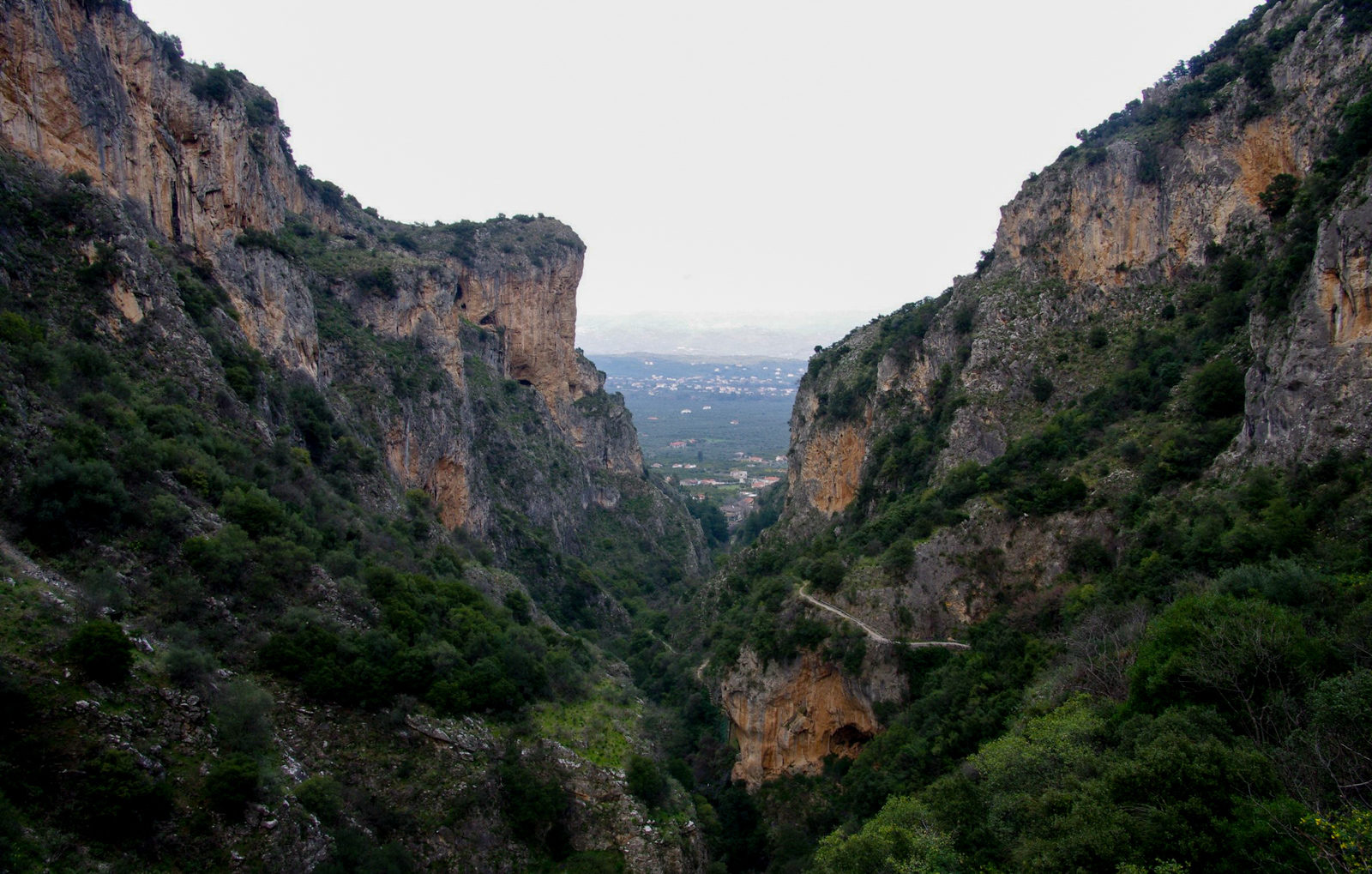

Landscape
Mount Taygetos is the highest and most majestic mountain of the Peloponnese with a height of 2407 meters. Fir and pine forests cover the sub-alpine area and gorges with ravines are some features of an incredible landscape. On its peaks are settlements, castles, temples and towers from antiquity. Walking the trails of Taygetus, a hiker can see 200 million years of geological history. The highest peak of the mountain is a solid pyramidal limestone that has been considered a sacred place since ancient times and even today many pilgrims climb it for pilgrimage.
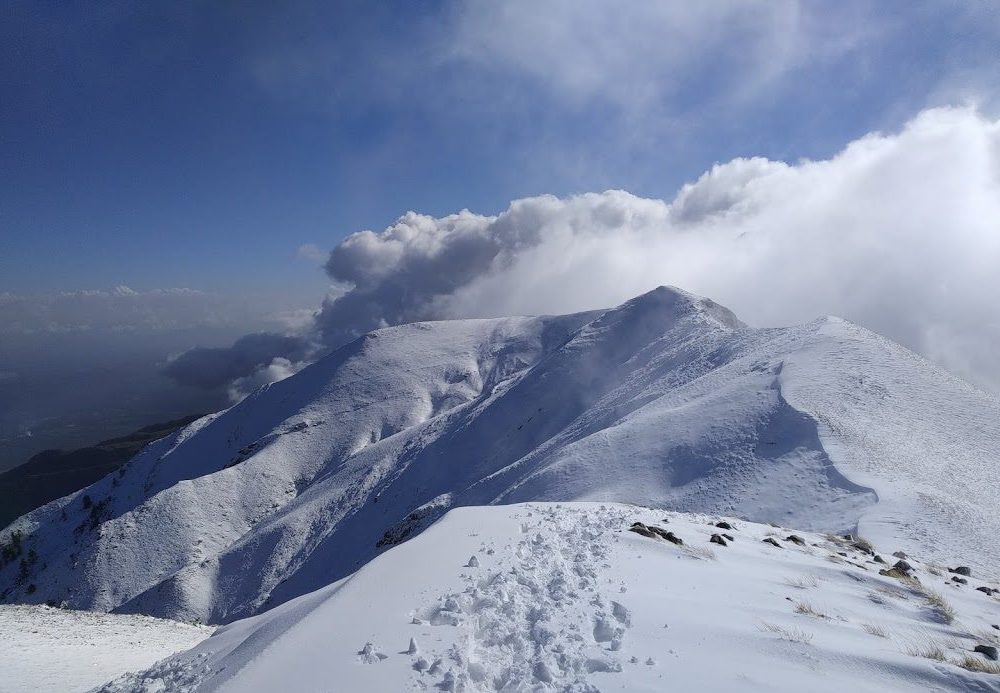
Car
From Athens: 218 km, 2.5 hours
From Kalamata: 98 km, 1 hour
The route follows the A6 (Attiki Odos), A8 (Elefsina-Corinth) and A7 (Corinth-Tripoli) highways, and then the A71 (Lefktro-Sparti) highway.
Bus
From Athens: 226 km, 3.5 hours
From Kalamata: 102 km, 1 hour
KTEL Lakonia operates several daily routes to and from Athens. These routes also serve the Sparta-Tripoli and Sparta-Corinth lines.
From the airport
From Eleftherios Venizelos – Athens Airport: 248 km, 2.5 hours
From Kalamata airport: 96 km, 1 hour
The road transition from Kalamata to Sparta takes about an hour. The route follows the A7 highway (Kalamata-Tripoli) and then the A71 highway (Lefktro-Sparti).
For road access to the paths of the present study, the following road network can be used:
The Sparti – Logastra provincial road
The Spartis – Kalamata highway
The national road Spartis – Mystras
The Spartis – Gytheio national road
The Spartis-Mystra provincial road
Amykles-Kalyvia Sochas street
Kalyvia Sochas – Sochas street
Mystra-Pikoulianika street
Mystras-Taygeti street
Taygeti – Pergandaika street
The Mystras-Vlahochori street
Agios Ioannis-Anavrytis street
In addition to the above paved roads, there are a number of existing forest and rural roads, mainly dirt, which allow access to the existing paths.
Η περιοχή προσφέρει μεγάλη ποικιλία χώρων διαμονής για όλα τα γούστα. Μπορείτε να βρείτε πέτρινα παραδοσιακά σπίτια και ξενώνες, μικρά ξενοδοχεία, resorts πολυτελείας και ενοικιαζόμενα δωμάτια, στο Μυστρά, Παρόρι, στα Πικουλιάνικα, στην Τρύπη, στην Αναβρύτη και στην Ταϋγέτη.
Για περισσότερες πληροφορίες: https://www.exploresparta.gr/tourism/diamoni/
From the main local products of the Spartan land the following stand out: olives of the “Kalamon” variety & virgin olive oil, oranges, honey, wine with the typical Kydonitsa, Mavroudi, Roditis, Athiri and Agiorgitiko varieties, synglino, sausage, pasta, trout and salmon.
Some of the most typical traditional dishes that you can look for on your trip are: Bouzopoula, Kokoras bardouniotikos, Pitaroudes, Kayanas, Kolokythokorphades.
More info at exploresparta.gr
Hiking boots, hat, sunscreen, long pants, water at least 1.5 liters, food, compass, whistle, flashlight, knife or multi-tool, watch and baton. In winter, windproof jacket, waterproof and isothermal clothes.
We also suggest that you never walk alone and always have a first aid kit with you. A well-charged mobile phone will come in handy in difficult situations.
You can hike all year round, except in the winter months when snow may close some paths. Spring and autumn are considered the best seasons thanks to mild temperatures and colourful nature. Due to the altitude, the air can be strong and icy. In summer (July, August) it may be hot enough to walk.
It is important toBefore every hike we are informed about the weather conditions.
We do not stray from the boundaries of the path.
We use fireplaces and avoid fires.
We don’t leave trash. On the path we collect rubbish that may have been left by others.
We do not destroy the vegetation, we respect the historical monuments and the local populations.
We respect wild animals and do not feed them.
Source: trailpath.gr
In the past, there were large mammals that today have disappeared such as bears, deer, roe deer, wolves and even the lynx. Today, 19 mammals have been observed in the mountain fauna, including the fox, badger, ferret, hare and hedgehog. Wildcat and jackal have also been reported although the population status of these species is not well documented. The only large mammal that is often seen is the wild boar.
In the event of the appearance of snakes, as a preventive measure, the hiker can be careful where he steps and where he puts his hands. If you encounter a snake, stay calm and keep a distance of at least two to three meters without disturbing it. In the event that you are bitten by a snake, stay calm, call 166 or 112 and take no action at all, except go to the health center with the help of an attendant. We recommend that you never walk alone.
